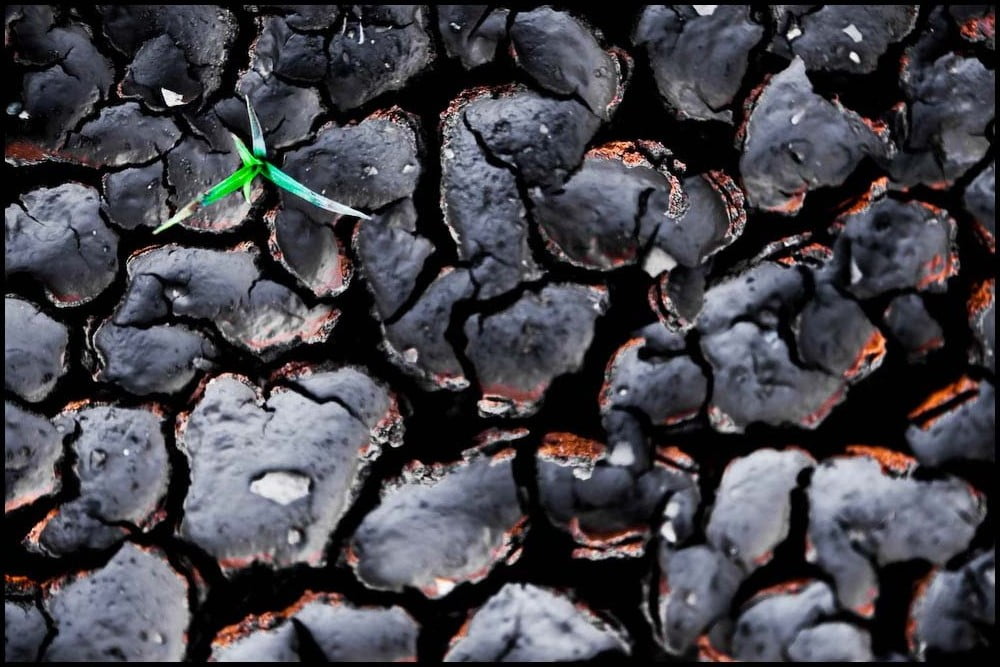During the winter of 1944, the Nazis blocked food supplies to the western Netherlands, creating a period of widespread famine and devastation. The impact of starvation on expectant mothers produced one of the first known epigenetic “experiments” — changes resulting from external rather than natural genetic influences — which suggested that the body’s physiological responses to hardship could be inherited. The underlying mechanism, however, remained a mystery.
In a paper published recently in the journal “Cell,” Dr. Oded Rechavi and his colleagues at Tel Aviv University‘s Faculty of Life Sciences and Sagol School of Neuroscience explored a genetic mechanism in worms that passes on the body’s response to starvation to up to three subsequent generations, with potential implications for humans exposed to starvation and other physiological challenges, such as eating disorders.
SEE ALSO: GeneG app will make genetic testing as available as text messaging
“There are possibly several different genetic mechanisms that enable inheritance of traits in response to changes in the environment. This is a new field, so these mechanisms are only now being discovered,” said Dr. Rechavi. “We identified a mechanism called ‘small RNA inheritance’ that enables worms to pass on the memory of starvation to multiple generations.”
Does RNA have a memory?
In the course of the new study, worms (C.elegans nematodes) were starved early in their development. They responded by producing small RNAs, which function by regulating genes through a process that is known as RNA interference (RNAi). The researchers discovered that the starvation-responsive small RNAs target genes that are involved in nutrition. More important, the starvation-induced small RNAs were inherited by at least three subsequent generations of worm specimens.
“We were also surprised to find that the great-grandchildren of the starved worms had an extended life span,” said Dr. Rechavi. “To the best of our knowledge, our paper provides the first concrete evidence that it’s enough to simply experience a particular environment — in this case, an environment without food — for small RNA inheritance and RNA interference to ensue. In this case, the environmental challenge is starvation, a very physiologically relevant challenge, and it is likely that other environments induce transgenerational inheritance of small RNAs as well.
SEE ALSO: The breathalyzer test that can “sniff out” cancer before it spreads
Sign up for our free weekly newsletter
SubscribeRNA molecules are produced from DNA templates in response to the needs of specific cells. “Messenger” RNA molecules (mRNAs) contain instructions for the production of proteins, which service cells and allow them to function. But other RNA molecules have different regulatory functions. Small RNAs are one species of these regulatory RNAs — short molecules that regulate gene expression, mostly by shutting genes off, but sometimes by turning them on.
Dr. Rechavi first became interested in studying starvation-induced epigenetic responses following a discovery made as a post doctorate in Prof. Oliver Hobert’s lab at Columbia University Medical Center in New York. “Back then, we found that small RNAs were inherited, and that this inheritance affected antiviral immunity in worms. It was obvious that this was only the tip of the iceberg,” he said.
Inheriting resilience
“We identified genes that are essential for production and for the inheritance of starvation-responsive small RNAs. RNA inheritance could prove to be an important genetic mechanism in other organisms, including humans, acting parallel to DNA. This could possibly allow parents to prepare their progeny for hardships similar to the ones that they experience,” Dr. Rechavi said.
The researchers are currently researching a wide variety of traits affected by inherited small RNAs.
Dr. Leah Houri-Ze’ev, and Dr. Sarit Anavai of Tel Aviv University and Prof. Oliver Hobert and Dr. Sze Yen Kerk of Columbia University Medical Center and the Howard Hughes Medical Institute, and Dr. Wee Siong Sho Goh and Dr. Gregory J. Hannon of the Cold Spring Harbor Laboratory and the Howard Hughes Medical Institut also took part in the research.
Photos: Zoriah/ TAU/ Micah Baldwin
Related posts

Israeli Medical Technologies That Could Change The World

Harnessing Our Own Bodies For Side Effect-Free Weight Loss

Missing Protein Could Unlock Treatment For Aggressive Lung Cancer





Facebook comments